Iran Bitcoin Mining Impact Calculator
Estimated Economic Impact
Total Annual Revenue: $4.18 Billion
Power Consumption: 10 million barrels of oil equivalent
Miner Count: 10,000 licensed miners
Hash Rate Share:
Energy Cost Efficiency: 99.9% lower than US average
Sanctions Evasion: Highly effective method
Global Hash Rate
~200 exahashes/sec
Source: Blockchain Data
U.S. Break-even Rate
$0.05/kWh
Average cost to mine Bitcoin
Iran's Cost Advantage
99.9% lower
vs. U.S. average
Iran Bitcoin mining strategy is a state‑driven effort that turns cheap energy into Bitcoin and then into foreign currency, sidestepping traditional banking channels blocked by international sanctions. Since the U.S. pulled out of the JCPOA in 2018, Tehran has turned to this digital gold rush to keep oil revenues flowing and fund strategic programs. Below is a quick snapshot:
- Iran generates about 4.5% of the world’s Bitcoin hash rate.
- Mining consumes energy equivalent to ~10million barrels of oil each year.
- State‑linked farms like the 175MW Rafsanjan complex earn hundreds of millions of dollars in crypto.
- Licensing grew from 1000 miners in 2020 to over 10000 in 2022.
- Crypto revenues rose 70% from 2023 to 2024, reaching $4.18bn.
Why Bitcoin, Not a National Token?
Other sanctioned states have tried creating their own coins - Venezuela’s Petro, North Korea’s hacking‑driven theft - but they failed to gain global acceptance. Bitcoin, by contrast, is already liquid on virtually every exchange. Bitcoin is a decentralized digital currency that can be transferred without banks, making it the perfect vehicle for a country cut off from the dollar system.
Energy Advantage: The Core of the Business Model
Iran sits on vast natural‑gas reserves and offers electricity at near‑zero rates to approved miners. The Rafsanjan farm in Kerman province, a joint venture between IRGC‑linked firms and Chinese investors, runs on a dedicated 175MW power line and uses primarily Chinese ASIC miners. Because the cost of power can be as low as $0.001 per kWh - far below the $0.03-$0.08 range in the United States - the profit margin per Bitcoin is dramatically higher.
For comparison, a typical U.S. miner needs about $0.05 per kWh to break even. Iran’s subsidized rates shrink that breakeven point by more than 95%.
The Institutional Backbone: IRGC, Ministries, and Licensing
The Islamic Revolutionary Guard Corps (IRGC) a powerful militia that controls large sectors of Iran’s economy has been the main driver. Since 2019 the IRGC issued mining licenses, secured cheap electricity, and even set up mining farms inside military bases. Obtaining a license requires navigating the Ministry of Energy, the Central Bank’s crypto framework, and often a political patron. That bureaucracy filters out small‑scale operators unless they have the right connections.
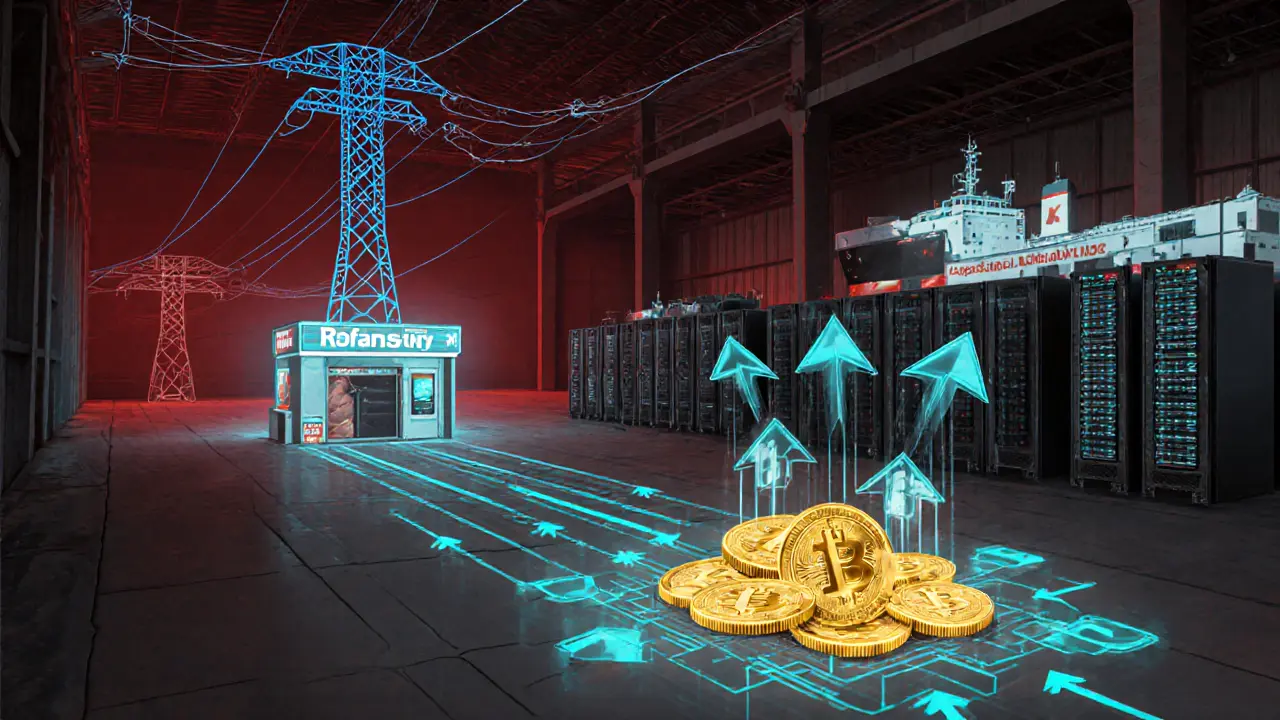
How the Crypto Flow Bypasses Sanctions
Iranian miners are paid directly in Bitcoin. Those coins are moved to domestic exchanges - up to 90 of them are officially allowed - where they are swapped for other crypto or stablecoins. From there, the assets travel through offshore “dark‑fleet” oil tankers, free‑zone shell companies, and even TRON‑based stablecoin bridges that chamber the funds before they hit traditional banks.
Analytics firms like Elliptic a blockchain analytics company estimate that $8bn of Iranian crypto transactions have passed through major exchanges such as Binance since 2018. The proceeds fund everything from missile programs to everyday import purchases - the first official crypto‑paid import was a $10m shipment in August 2024.
Comparative Landscape: Iran vs. Other Sanctioned Nations
| Country | Primary Crypto Tactic | Scale (Hash % or Revenue) | Key Advantage | Major Weakness |
|---|---|---|---|---|
| Iran | State‑backed Bitcoin mining | ~4.5% of global hash rate | Ultra‑cheap electricity | Equipment access limits, sanctions risk |
| Venezuela | Petro (state‑issued token) | Negligible global adoption | Government control | No liquidity, international rejection |
| North Korea | Cyber‑theft & illicit mining | Estimated $1‑2bn annual crypto loot | Stealthy hacking operations | Heavily targeted by sanctions agencies |
| Russia | Mixed mining & crypto payments | ~11% of global hash rate | Large industrial base | Less coordinated state policy than Iran |
| USA | Commercial mining for profit | ~35% of global hash rate | Advanced hardware, capital | High electricity costs |
Risks, Challenges, and International Reactions
While the strategy brings billions, it also strains Iran’s power grid. Mining accounts for electricity that could supply households, contributing to blackouts. Moreover, the Chainalysis another blockchain analytics firm reports that many Iranian‑linked wallets funnel through offshore refineries and free‑zone entities, raising AML concerns for banks worldwide.
Sanctions‑enforcement agencies have stepped up monitoring. The U.S. Treasury’s OFAC added several Iranian mining companies to its Specially Designated Nationals list in 2024, and FinCEN issued a advisory in June2025 warning of “crypto‑facilitated sanction evasion”. Yet the decentralized nature of Bitcoin makes a total cut‑off technically difficult.
Future Outlook: Expansion, Adaptation, and Potential Limits
Official roadmaps aim to boost mining capacity by 50% over the next two years, with new farms slated for Bushehr and Khuzestan. However, a shift toward more energy‑efficient algorithms or greater renewable integration could erode Iran’s cheap‑power edge. If a new nuclear deal eases sanctions, the incentive to expand crypto operations may wane, but the infrastructure is already in place and could pivot to other blockchain uses such as smart‑contract platforms or even a domestic digital currency.
International cooperation on crypto sanctions is improving - the G7 discussed a unified blockchain‑analytics data‑sharing protocol in late 2025 - but the technical hurdles of tracking every Bitcoin transaction mean Iran will likely keep a viable loophole for the foreseeable future.
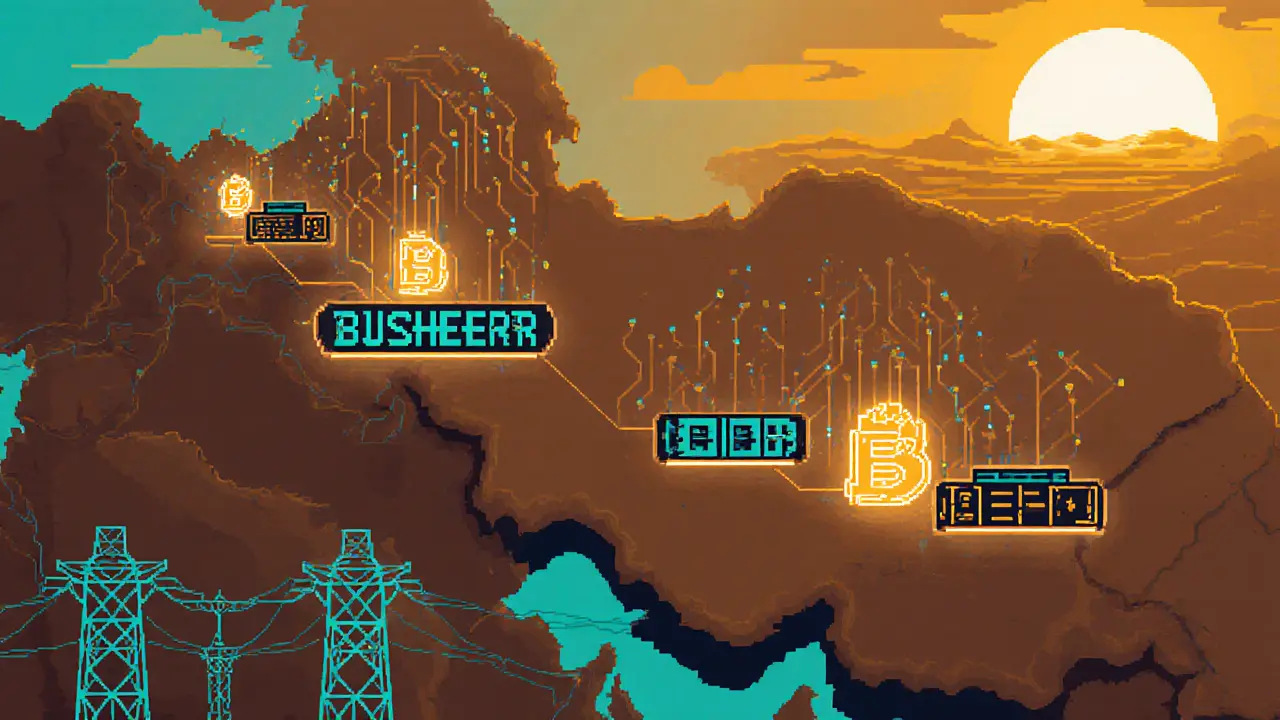
Frequently Asked Questions
How much of the world’s Bitcoin is mined in Iran?
Analysts estimate Iran contributes about 4.5% of the global hash rate, making it the fourth‑largest mining region after the United States, Kazakhstan and Russia.
Why does the Iranian government support Bitcoin mining?
Bitcoin provides a way to turn cheap electricity into a freely tradable asset, bypassing the dollar‑based banking system that sanctions block.
What role does the IRGC play in the mining sector?
The IRGC issues licenses, secures subsidized power, and often partners with Chinese investors to run large‑scale farms like the Rafsanjan complex.
Can international banks be held liable for processing Iranian crypto transactions?
Yes. If a bank unknowingly facilitates a transfer that ultimately funds a sanctioned entity, it can face secondary‑sanctions or fines from regulatory bodies such as OFAC.
Is Iran planning to move beyond Bitcoin?
Government statements hint at expanding into other digital assets, DeFi platforms, and possibly a domestic CBDC, but Bitcoin remains the core revenue generator for now.

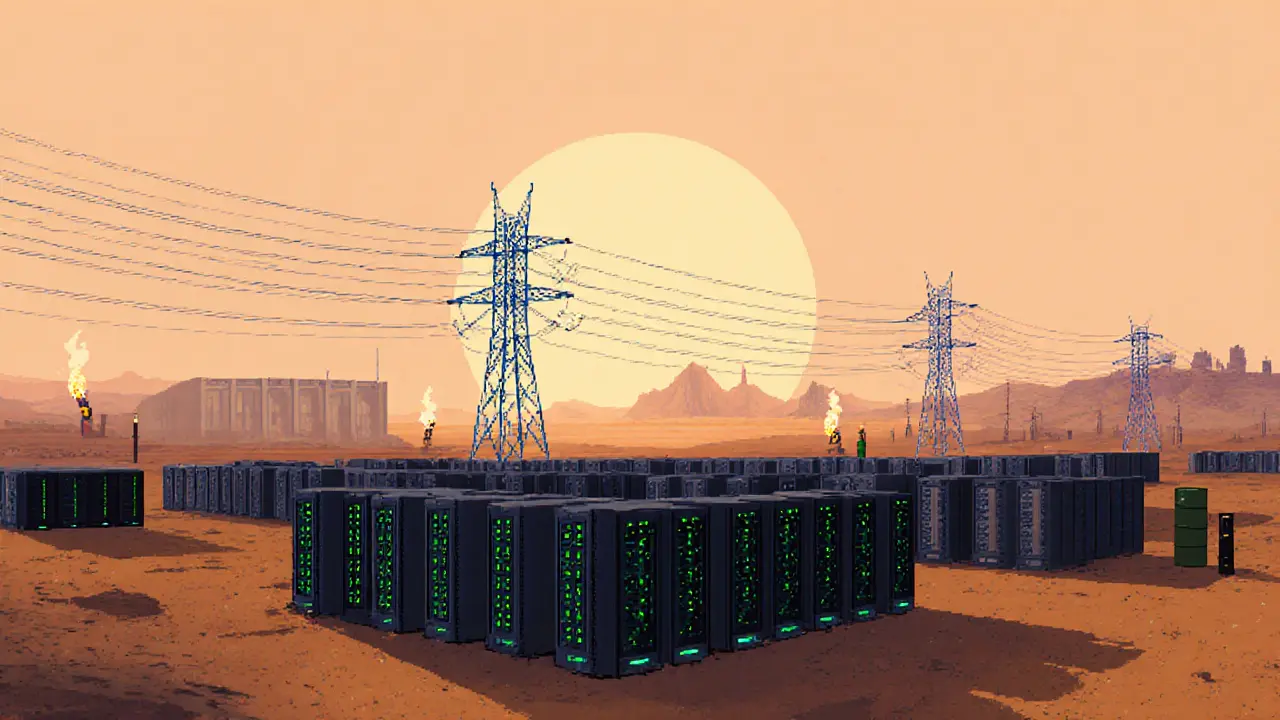

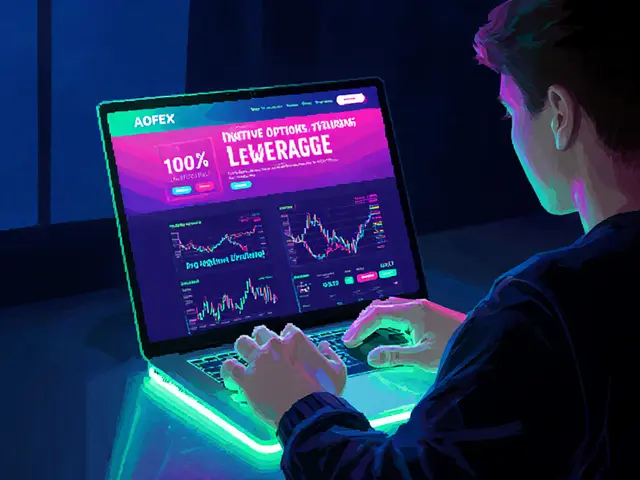


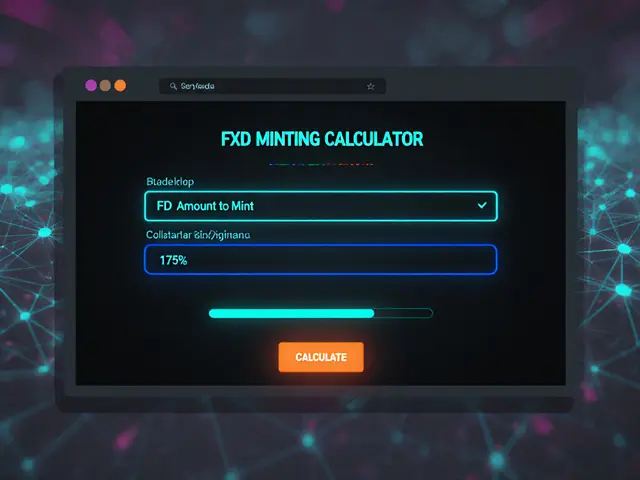
emmanuel omari
March 17, 2025 AT 17:00Iran’s cheap power makes Bitcoin mining a cheap cheat on sanctions.
Andy Cox
March 18, 2025 AT 06:53Interesting read the numbers show just how much they’ve scaled the operation its like a hidden engine driving revenue for Tehran.
Courtney Winq-Microblading
March 18, 2025 AT 20:46When you contemplate the philosophical implications of a state harnessing a decentralized ledger to sidestep sovereign debt, you realize the paradox of freedom versus control.
katie littlewood
March 19, 2025 AT 10:40Honestly, the whole thing feels like a double‑edged sword for Iran. On one hand, the cheap electricity from subsidised natural gas has turned mining farms into cash‑cows, flooding the regime with hard currency that would otherwise be locked behind sanctions. On the other hand, this reliance on an energy‑intensive hobby creates a massive strain on the national grid, meaning ordinary citizens may experience more blackouts. The Rafsanjan complex, for example, devours enough power to keep a small city lit for days, yet the profits are funneled into missile programmes and luxury imports. It’s also worth noting that the IRGC’s involvement isn’t just logistical; they literally own a slice of the mining pie, ensuring that any bitcoin that rolls out of the farms ends up in vetted wallets. That centralised control contradicts the very ethos of Bitcoin’s decentralisation, turning the technology into a tool of the state. Moreover, the global community is watching; analytics firms like Elliptic have already traced billions in Iranian crypto flows, prompting tighter AML scrutiny. If the US and its allies manage to coordinate blockchain data‑sharing, the loophole could shrink considerably. Yet, as long as Iran can keep its electricity prices near zero, the profit margin remains irresistible. The recent roadmap aiming to boost capacity by 50 % shows they aren’t planning to back off. Even if a future nuclear deal eases traditional sanctions, the crypto infrastructure is already entrenched, ready to pivot to other blockchain services or a domestic digital currency. In short, the strategy is both brilliant and risky, a high‑stakes gamble that could either sustain the regime’s finances or backfire under international pressure.
Oreoluwa Towoju
March 20, 2025 AT 00:33The cheap power is the real advantage here; it makes mining profitable at scales other countries can’t match.
Jason Brittin
March 20, 2025 AT 14:26Yo this is a wild example of how geopolitics meets tech 🚀 cheap electricity + big ASICs = cash flow that flies under the radar.
Amie Wilensky
March 21, 2025 AT 04:20One might argue that the data presented herein, whilst comprehensive, suffers from a certain degree of oversimplification; nevertheless, the core premise remains sound, i.e., Iran leverages sub‑sidized energy to amass Bitcoin, thereby circumventing conventional financial channels.
MD Razu
March 21, 2025 AT 18:13The strategic calculus appears straightforward: acquire cheap power, deploy high‑efficiency ASICs, convert the resultant digital gold into foreign exchange, and then funnel those proceeds into sanctioned programmes. Yet the broader ramifications extend beyond mere economics; they touch on cyber‑security, regional stability, and the evolving nature of statecraft in the blockchain era.
Charles Banks Jr.
March 22, 2025 AT 08:06Sure, stats look impressive, but whenever you read about a regime finding new ways to dodge sanctions, you can’t help but wonder how long before the next wave hits.
Ben Dwyer
March 22, 2025 AT 22:00Great breakdown, keep an eye on how the energy‑to‑crypto pipeline evolves in the next few years.
Lindsay Miller
March 23, 2025 AT 11:53This really shows how a country can turn a natural resource into digital cash when traditional routes are blocked.
Katrinka Scribner
March 24, 2025 AT 01:46Wow 😲 such a clever hack! Iran’s using Bitcoin like a secret vault, but with the power of the internet.
VICKIE MALBRUE
March 24, 2025 AT 15:40Optimistic outlook, but remember the volatility of crypto can also backfire.
Waynne Kilian
March 25, 2025 AT 05:33While the numbers are striking, it’s essential to consider the human cost of diverting energy from households to mining rigs.
Naomi Snelling
March 25, 2025 AT 19:26Some folks don’t realize that these crypto pipelines are just another front for covert operations, hidden behind layers of blockchain anonymity.
Michael Wilkinson
March 26, 2025 AT 09:20Look, if they can keep making money, why should anyone criticize them?
Billy Krzemien
March 26, 2025 AT 23:13Well‑structured analysis, especially the part about the IRGC’s direct involvement.
april harper
March 27, 2025 AT 13:06Another boring report about sanctions evasion. Same story, different numbers.
Clint Barnett
March 28, 2025 AT 03:00When you think about it, the convergence of cheap fossil‑fuel electricity and cutting‑edge ASIC technology creates a perfect storm that empowers a sanctioned regime to generate hard cash without relying on traditional banking channels. This not only sustains their geopolitical ambitions but also forces the global financial community to grapple with new forms of illicit finance that are harder to trace. The fact that Iran has institutionalised this process-through licensing, IRGC oversight, and partnerships with Chinese hardware firms-means it’s not a fleeting opportunistic venture but a strategic pillar of their economy. As long as the global energy markets keep natural gas cheap for Iran, and as long as blockchain analytics remain fragmented, this model will likely persist and perhaps even expand into other digital assets.
Jacob Anderson
March 28, 2025 AT 16:53Oh great, another “clever” way for a regime to dodge sanctions. How original.
Kate Nicholls
March 29, 2025 AT 06:46The data is solid, but the ethical implications are worrisome.
Carl Robertson
March 29, 2025 AT 20:40Honestly, this whole thing sounds like a plot straight out of a cyber‑thriller, except the stakes are real and the villains wear military uniforms.
Rajini N
March 30, 2025 AT 10:33From a technical standpoint, the low‑cost electricity gives Iran a clear competitive edge in hash‑rate acquisition, which translates directly into higher block rewards and ultimately more fiat‑equivalent revenue.
Sidharth Praveen
March 31, 2025 AT 00:26It’s fascinating how quickly the crypto world adapts to geopolitical pressures, turning restrictions into new opportunities.
Sophie Sturdevant
March 31, 2025 AT 14:20From a compliance perspective, the use of offshore entities and TRON‑based stablecoin bridges complicates AML monitoring, demanding tighter inter‑agency cooperation.